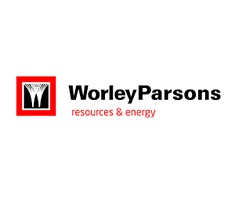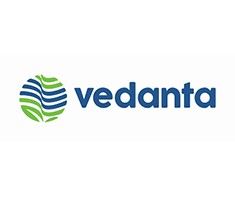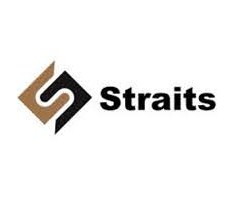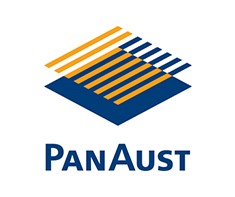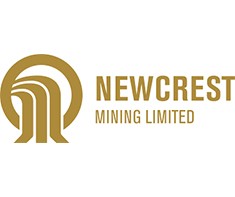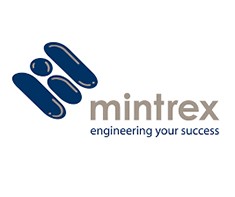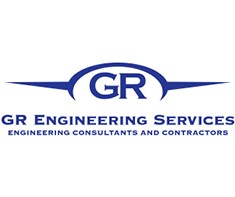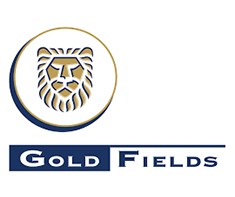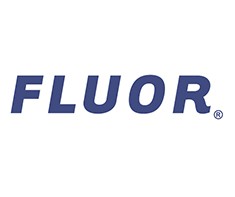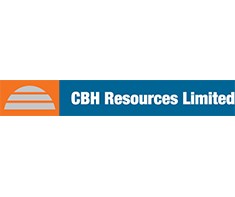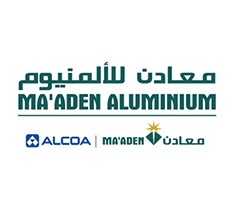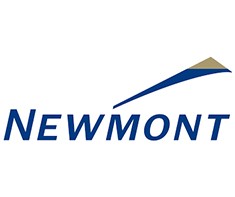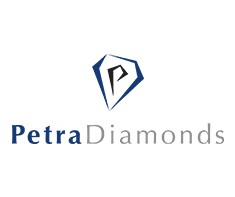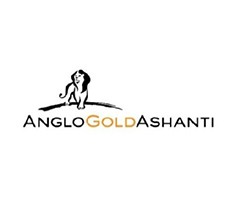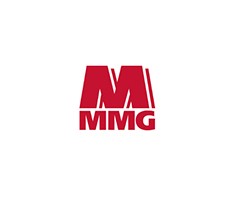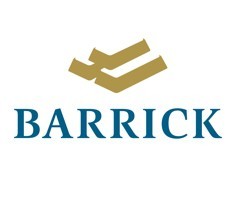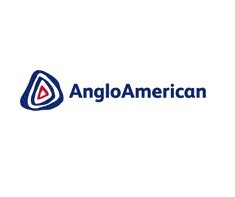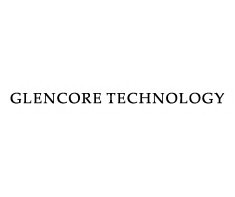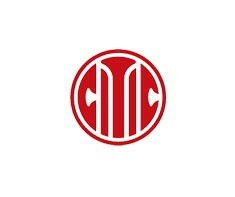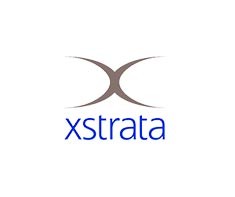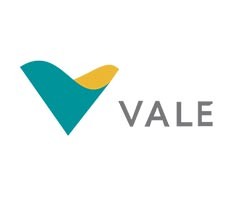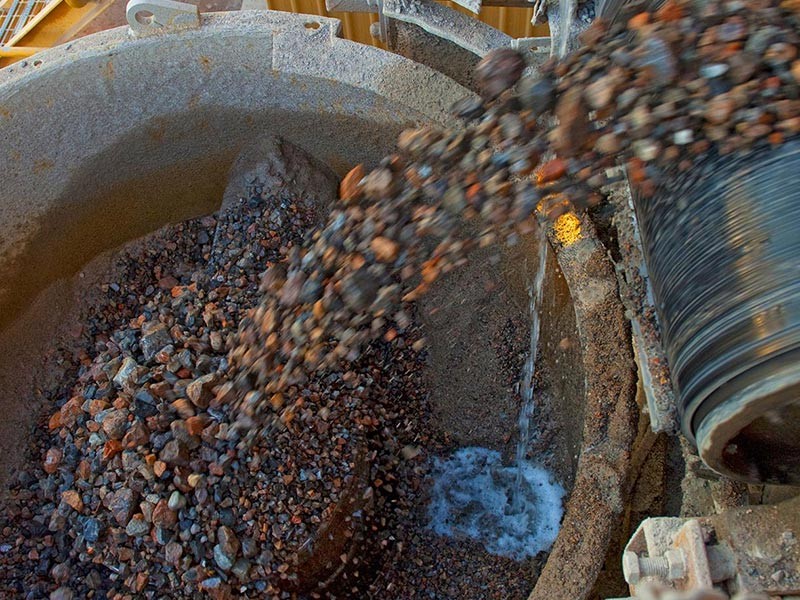
It will be useful if the study could "acquire" the following information. There are five parts.
1. Ore property data
2. Grinding and crushing circuit site equipment sizes
3. Grinding and crushing circuit operational data/conditions.
4. Drill and Blasting
5. Load and Haul
Each of these have sub-headings.
Ore property data
a. Representation of the different resources
i. Quantify tonnage, location of resource and mine/resource life.
ii. Mine plan
iii. Ore types/geology
b. Bond data eg
i. Cwi,
ii. BRWi
iii. BBWi
iv. Ai
v. Morrell BWi, Mib
c. SMC Test®
i. ore S.G.
ii. Axb
iii. DWi
iv. Mic
v. Mih
vi. Mia
d. JKTech DWT
i. Axb
ii. T10
iii. Crusher appearance function
iv. ta
e. Optional are SGS Lakefield SPI data.
f. Mining and geology data
i. Point load test (PLI),
ii. UCS,
iii. RQD
Site equipment size
a. Crushers
i. Primary Jaw or gyratory
ii. Secondary or Pebble crusher (Cone)
iii. Cone and mantle design (e.g. e-hparts)
iv. Installed motor power
v. no-load power (kW)
a. HPGR
i. Roll diameter
ii. Roll length
iii. Roll wear surface (e.g. studs)
iv. Installed motor power
v. no-load power (kW)
vi. initial gap setting, nitrogen and oil pressure settings.
vii. Nitrogen accumulator dimensions, piston diameters
viii. Rolls speed
c. SAG & AG Mill sizes
i. Diameter, inside shell
ii. EGL or Flange to flange width
iii. Grate design, open area, aperture of grates, or pebble ports
iv. Overflow or grate discharge
v. Pinion motor installed power
vi. liner thickness
vii. Cone end flat or 15 degrees
c. Mill trommel and/or screen OR dedicated HPGR circuit discharge screens
i. Open area
ii. screen apertures
iii. double deck/single deck
d. Ball Mill size
i. Diameter, inside shell
ii. EGL or Flange to flange width
iii. Grate design, open area, aperture of grates in the case of grate discharge mill
iv. Overflow or grate discharge
v. Pinion motor installed power
vi. liner thickness
vii. Cone end flat or 22 degrees
viii. Trunion diameter (feed and discharge end)
d. Cyclones
i. Number in operation and size/model
ii. vertical or angle, flat bottomed design
iii. vortex finder, spigot and inlet dimensions etc.
Operation conditions. (CONTROL ROOM LOG TAGS)- Pi data
a. Primary crusher (PI data: 1 hour averages for 6-24 months, liner change dates)
i. OSS and CSS (jaw or gyratory)
ii. Rock breaker in use ?
b. AG/SAG mill (PI data: 1 hour ave for 6-24 months, liner change dates, also 30 sec intervals 6 hours)
i. Feed F80 (Split online or photo image, stream survey data)
ii. Ball charge volume(i.e. from photos or surveys or scanalyse)
iii. Slurry density
iv. Total charge balls and rock (i.e. from photos or surveys or scanalyse)
v. PI, Load cell reading (Tonnes) or bearing pressure reading
vi. Mill speed (RPM or % critical)
vii. Ball size (operational variable)
viii. Mill power (measured outcome)- observed mill power
ix. Mill throughput (measured outcome)- observed mill throughput
x. slurry viscosity (if known/problematic)
c. Crushers (Pebble and secondary duty)
i. CSS mm
ii. Stockpiles (where they are)
iii. particle segregation issues (stockpile or conveyor or bin)
iv. Operating gap (HPGR)
v. Oil pressure (HPGR)
vi. Motor power (kW)(HPGR)
v. Rolls speed (HPGR)
d. Screens
i. Aperture size mm
ii. Graded screens along the length
e. Cyclones (PI data: 1 hour averages for 6-24 months, spigot change dates, also 30 sec intervals 6 hours)
i. Cyclone pressure
ii. Number of in service
iii. Roping or flaring? observation
iv. Product p80, cyclone o/f (online size analysed data) or survey data
v. u/f and cyclone feed density or % solids (survey data)
f. Ball mill (PI data: 1 hour averages for 6-24 months, liner change dates, also 30 sec intervals 6 hours)
i. Feed and product size (if available via surveys)
ii. Ball Mill filling (i.e. from photos or surveys or scanalyse)
iii. Slurry density
iv. Mill speed (RPM or % critical)
v. Ball mill size (operational variable)
vi. Ball retaining ring (yes/no)
vii. operating slurry level above or below ball level?
viii. circulating load on basis of hard ore ? e.g. 500-1000%
ix. circulating load on basis of soft ore ? flow problems?
Drill and Blasting. (Intense versus standard) -Pi data
a. Rock data:
i. Lithology, alteration, weathering
ii.Density,
iii.Point Load Index or UCS
iv.Young Modulus,
v.RQD, Fracture Frequency, joint data (#of sets, dip, direction, spacing)
vi.Bond work index,
vii.Breakage parameters (A and b)
b. Drills
i. Number of Drills,
ii. Type / Make,
iii. Rotary or Percussion,
iv. Diameter (range capable of drilling),
v. Drill Depths (range capable),
vi. Average availability (last 3 months),
vii. Average utilisation (last 3 months),
viii. Penetration rate (last 3 months) m/hr,
ix. Drilling cost $/hr.
c. Blast Design Variables
i. Blast type (production/waste/trim/presplit),
ii. Hole diameter,
iii. Bench Height,
iv. Burden x Spacing,
v. Pattern type (square, staggered),
vi. Subdrill,
vii. Stemming length,
viii. Stemming type (cutting, gravel),
ix. Explosive charge / hole,
x. Explosive type,
xi. Blast volume range for the production blasts,
xii. Powder factor (kg/bcm or kg/ton),
xiii. Delay timing for all types of blasts,
xiv. Blast Results,
xv. Fragmentation (Top size, F80 & F50),
xvi. Flyrock,
xvii. Dilution,
xviii. Back break ,
xix. Available near-field and far-field vibration data
xx. Costs,
xxi. All bulk products’s costs (Name $/kg) ,
xxii. Nonel cost $/unit,
xxiii. Primer cost $/unit,
xxiv. Electronic detonator cost $/unit,
xxv. Stemming cost $/m3,
(Load and Haul)-Mining equipment and production
a. Mining fleet list
i. Fleet utilisation, %
b. Mine Production (last 3 months):
i. Target – Waste,
ii. Target – Ore,
iii. Actual – Waste,
iv. Actual – Ore.
c. Production Recording System:
i. Do you have a mine dispatch system, If yes what type?
d. Digger / Excavator:
i. Type / Make,
ii. Capacity t/hr,
iii. Bucket size, m3
iv. Average availability (last 3 months),
v. Average utilisation (last 3 months),
vi. Budget or Target productivity t/hr,
vii. Actual productivity t/hr (last 3 months),
viii. Shovel operating cost, $/h
e. Trucks:
i. Number of trucks,
ii. Type / Make,
iii. Capacity bcm or tons,
iv. Truck operating cost, $/h
v. #of waste trucks
